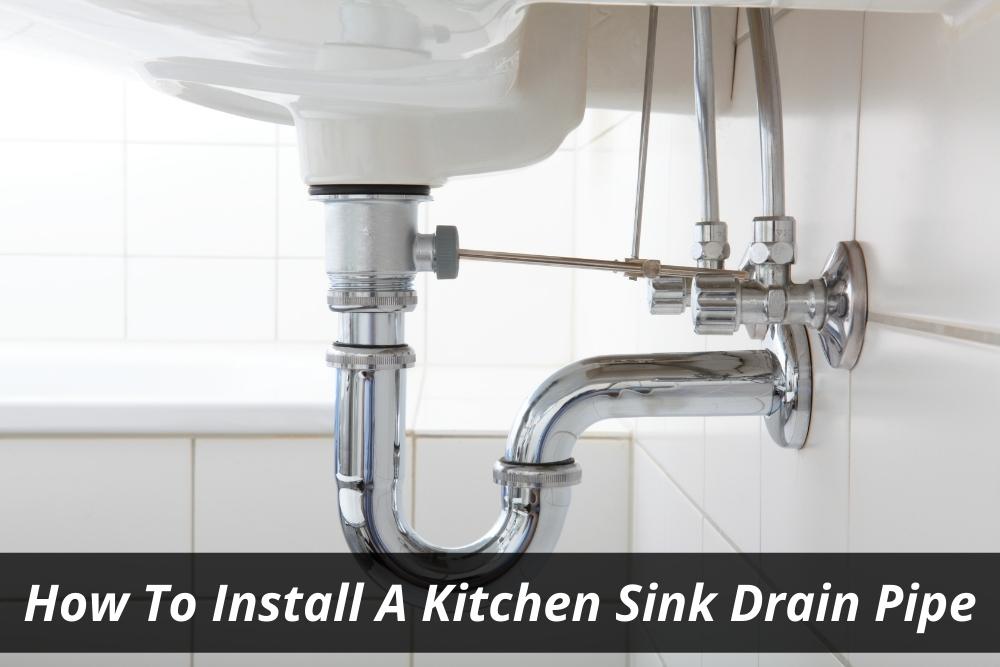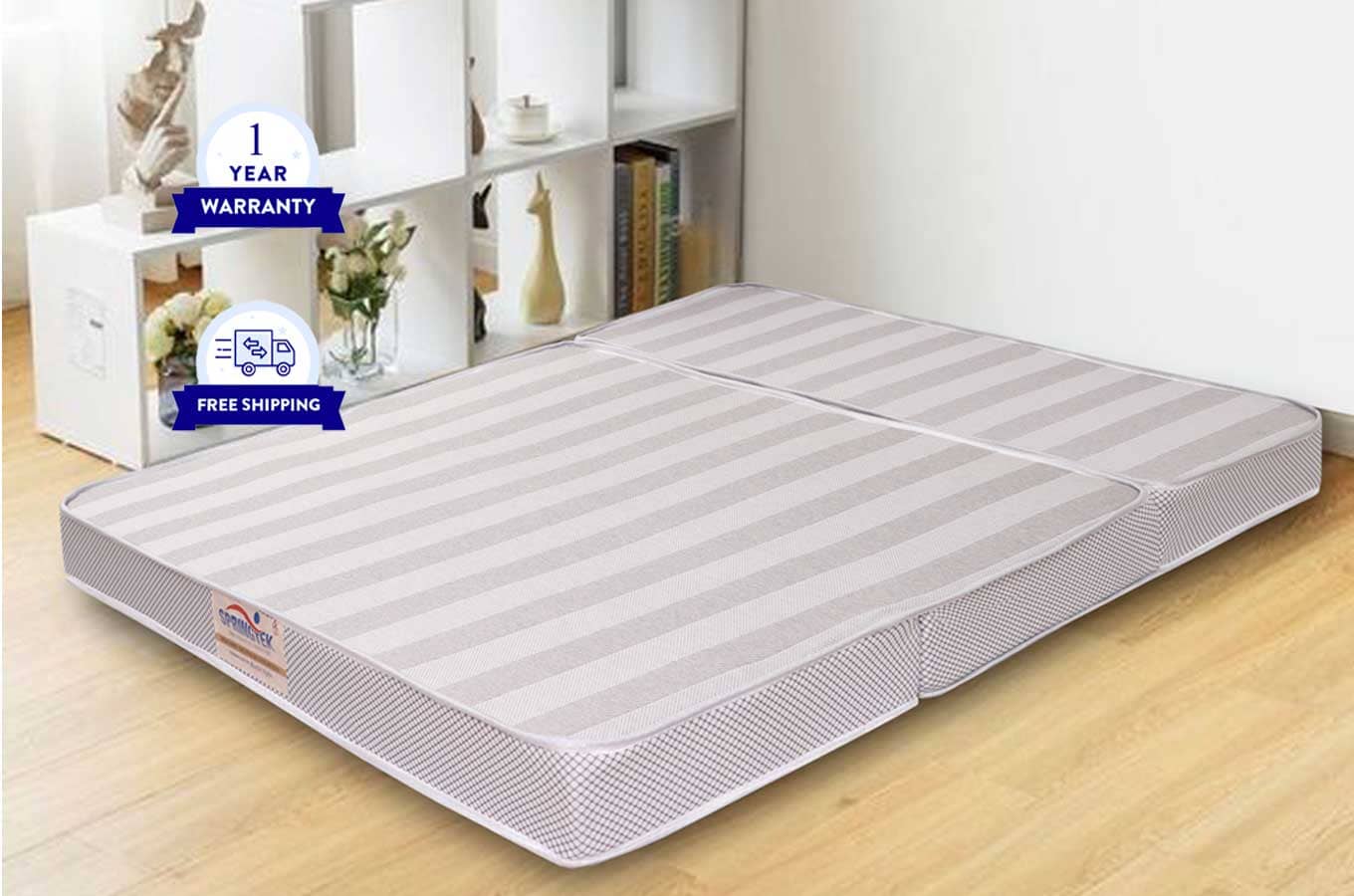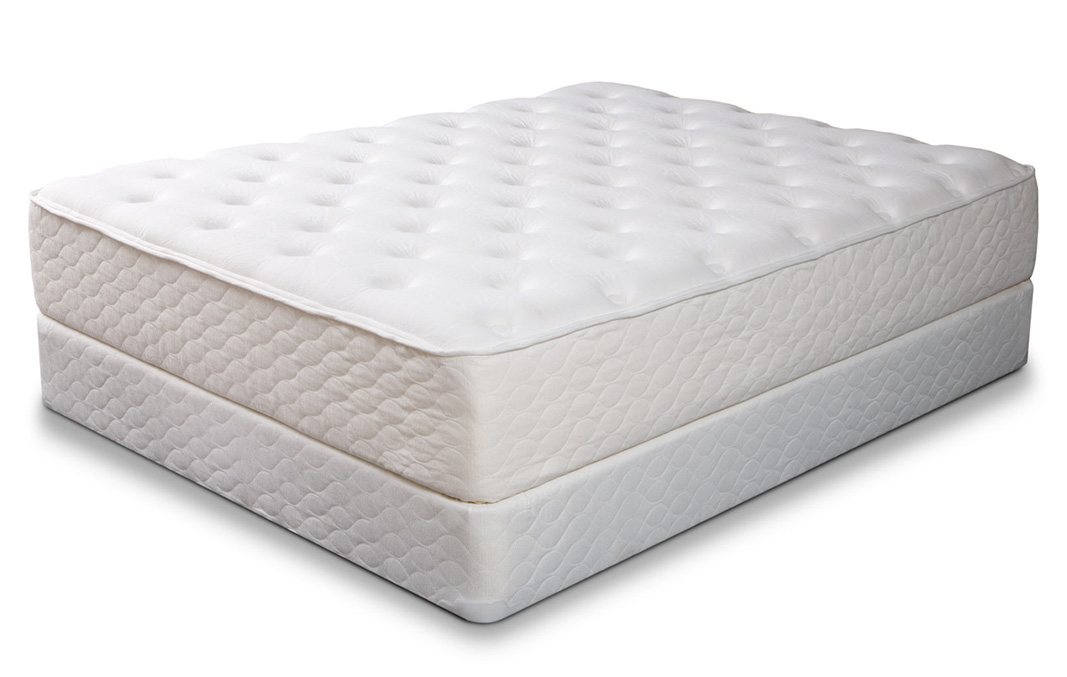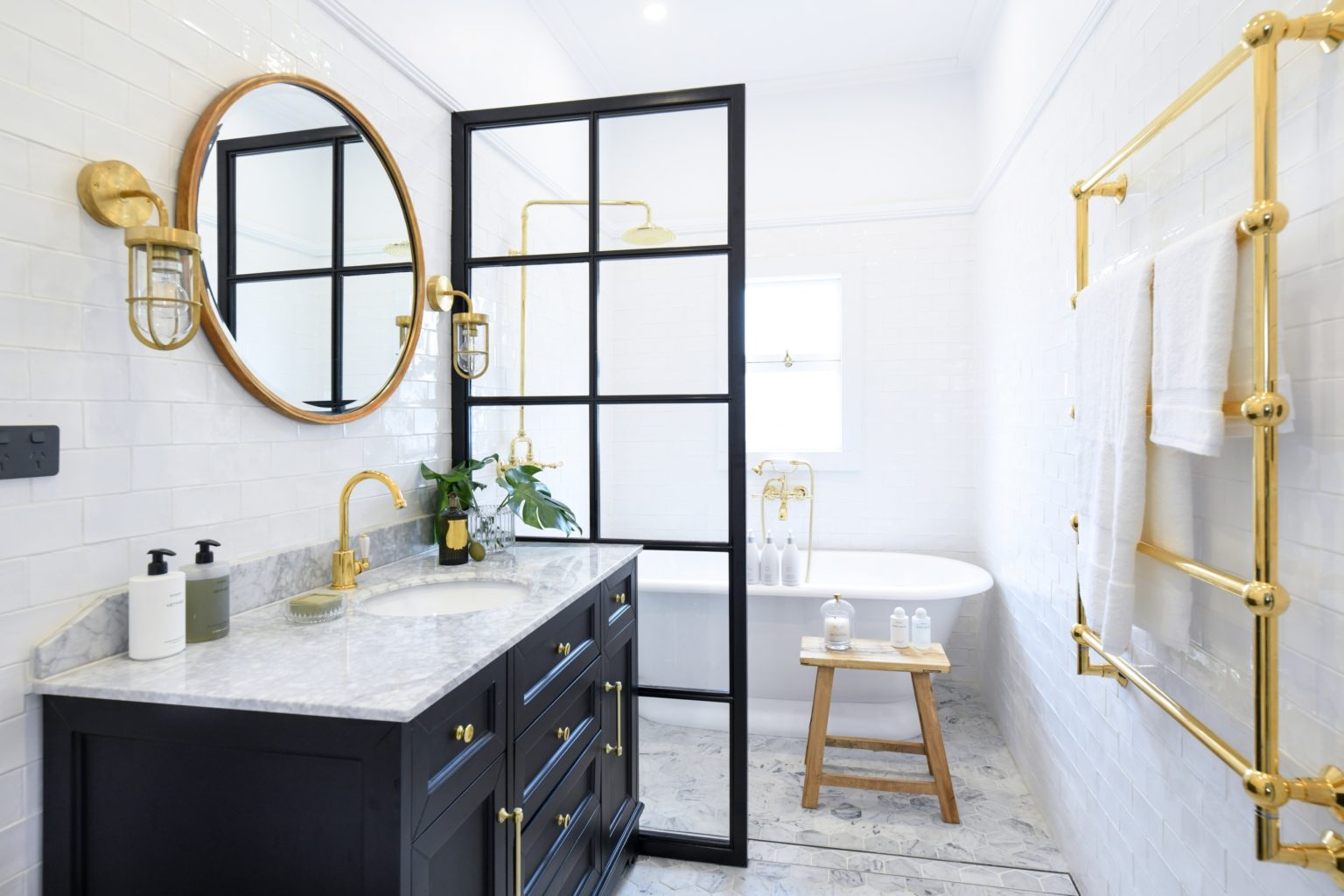Installing a kitchen sink drain pipe may seem like a daunting task, but with the right tools and a little bit of know-how, it can be a relatively simple process. In this guide, we will walk you through the steps of installing a kitchen sink drain pipe, from gathering the necessary materials to completing the installation.How to Install a Kitchen Sink Drain Pipe
The first step in installing a kitchen sink drain pipe is to gather all of the necessary materials. You will need a sink drain kit, plumber's putty, a pipe wrench, and a hacksaw. It is also helpful to have a bucket or large bowl on hand to catch any water that may leak during the installation process.Gather Materials
If you are replacing an old drain pipe, the first step is to remove the old one. Start by using the pipe wrench to loosen the nuts connecting the old drain pipe to the sink and the wall. Once the nuts are loose, you should be able to easily remove the old drain pipe.Remove the Old Drain Pipe
Before installing the new drain pipe, you will need to prepare the sink. Begin by cleaning both the sink and the area where the drain will be installed. Next, take a small amount of plumber's putty and roll it into a thin rope. Place the putty around the drain opening on the bottom of the sink.Prepare the Sink
Now it's time to install the new drain pipe. Start by placing the rubber gasket over the drain hole on the bottom of the sink, followed by the cardboard ring and then the metal flange. Next, screw the locknut onto the drain pipe from underneath the sink, tightening it with the pipe wrench. Make sure the drain pipe is properly aligned and then tighten the nuts to secure it in place.Install the New Drain Pipe
Once the drain pipe is securely attached to the sink, the next step is to connect it to the wall. This will involve attaching the P-trap, which is a curved pipe that prevents sewer gases from entering your home. Make sure to measure and cut the P-trap to the appropriate length using the hacksaw before attaching it to the drain pipe and the wall.Connect the Drain Pipe to the Wall
After the drain pipe is securely connected to the sink and the wall, it's important to test for leaks. To do this, fill the sink with water and let it drain. Keep an eye out for any leaks or drips. If you notice any, tighten the connections as needed.Test for Leaks
Once you have ensured that there are no leaks, you can make some final touches to complete the installation. This may include installing a sink strainer or a garbage disposal unit if desired. Once everything is in place, run some water through the sink to make sure it is draining properly.Final Touches
Installing a kitchen sink drain pipe may seem like a daunting task, but with the right materials and a little bit of patience, it can be done easily. By following these steps, you can have your new drain pipe up and running in no time, ensuring a smooth and efficient draining system for your kitchen sink.In Conclusion
The Importance of Properly Installing a Kitchen Sink External Waste Pipe

Efficient Waste Management for a Well-Designed Home
 When it comes to designing a home, every little detail matters. This includes the placement and installation of a kitchen sink external waste pipe. While it may seem like a small and insignificant aspect, a properly installed waste pipe can greatly benefit your home in the long run. Let's explore the importance of this essential feature in your house design.
Kitchen sink external waste pipe
is responsible for carrying all the waste water from your kitchen sink to the main sewage system. Without it, your kitchen would be a messy and unhygienic place. As the saying goes, "out of sight, out of mind," many homeowners tend to overlook the importance of a functional waste pipe until they encounter a problem. However, taking the necessary steps to ensure that this component is properly installed can save you from future headaches and costly repairs.
One of the main benefits of a
kitchen sink external waste pipe
is efficient waste management. The pipe is designed to carry all the waste water, including food scraps, grease, and other debris, away from your home. This prevents clogs and backups in your sink, keeping your kitchen clean and functional. Additionally, a properly installed waste pipe can also prevent foul odors from emanating from your kitchen, making it a more pleasant space to work in.
Moreover, a well-designed kitchen sink waste pipe can also contribute to the overall aesthetics of your home. With advancements in technology, waste pipes now come in various sizes, shapes, and materials, making it easier to incorporate them seamlessly into your house design. Whether you prefer a modern or traditional look, there is a waste pipe option that can complement your kitchen's design and maintain its visual appeal.
In conclusion, a
kitchen sink external waste pipe
may seem like a minor detail in house design, but its benefits should not be underestimated. It plays a crucial role in efficient waste management, preventing clogs and odors, and maintaining the aesthetics of your kitchen. Therefore, it is important to ensure that it is properly installed by a professional plumber to avoid any potential issues in the future. Don't overlook this essential component and enjoy a well-designed and functional kitchen in your home.
When it comes to designing a home, every little detail matters. This includes the placement and installation of a kitchen sink external waste pipe. While it may seem like a small and insignificant aspect, a properly installed waste pipe can greatly benefit your home in the long run. Let's explore the importance of this essential feature in your house design.
Kitchen sink external waste pipe
is responsible for carrying all the waste water from your kitchen sink to the main sewage system. Without it, your kitchen would be a messy and unhygienic place. As the saying goes, "out of sight, out of mind," many homeowners tend to overlook the importance of a functional waste pipe until they encounter a problem. However, taking the necessary steps to ensure that this component is properly installed can save you from future headaches and costly repairs.
One of the main benefits of a
kitchen sink external waste pipe
is efficient waste management. The pipe is designed to carry all the waste water, including food scraps, grease, and other debris, away from your home. This prevents clogs and backups in your sink, keeping your kitchen clean and functional. Additionally, a properly installed waste pipe can also prevent foul odors from emanating from your kitchen, making it a more pleasant space to work in.
Moreover, a well-designed kitchen sink waste pipe can also contribute to the overall aesthetics of your home. With advancements in technology, waste pipes now come in various sizes, shapes, and materials, making it easier to incorporate them seamlessly into your house design. Whether you prefer a modern or traditional look, there is a waste pipe option that can complement your kitchen's design and maintain its visual appeal.
In conclusion, a
kitchen sink external waste pipe
may seem like a minor detail in house design, but its benefits should not be underestimated. It plays a crucial role in efficient waste management, preventing clogs and odors, and maintaining the aesthetics of your kitchen. Therefore, it is important to ensure that it is properly installed by a professional plumber to avoid any potential issues in the future. Don't overlook this essential component and enjoy a well-designed and functional kitchen in your home.



:max_bytes(150000):strip_icc()/how-to-install-a-sink-drain-2718789-hero-24e898006ed94c9593a2a268b57989a3.jpg)






/how-to-install-a-sink-drain-2718789-hero-b5b99f72b5a24bb2ae8364e60539cece.jpg)







/how-to-install-a-sink-drain-2718789-hero-24e898006ed94c9593a2a268b57989a3.jpg)
:no_upscale()/cdn.vox-cdn.com/uploads/chorus_asset/file/19495086/drain_0.jpg)











